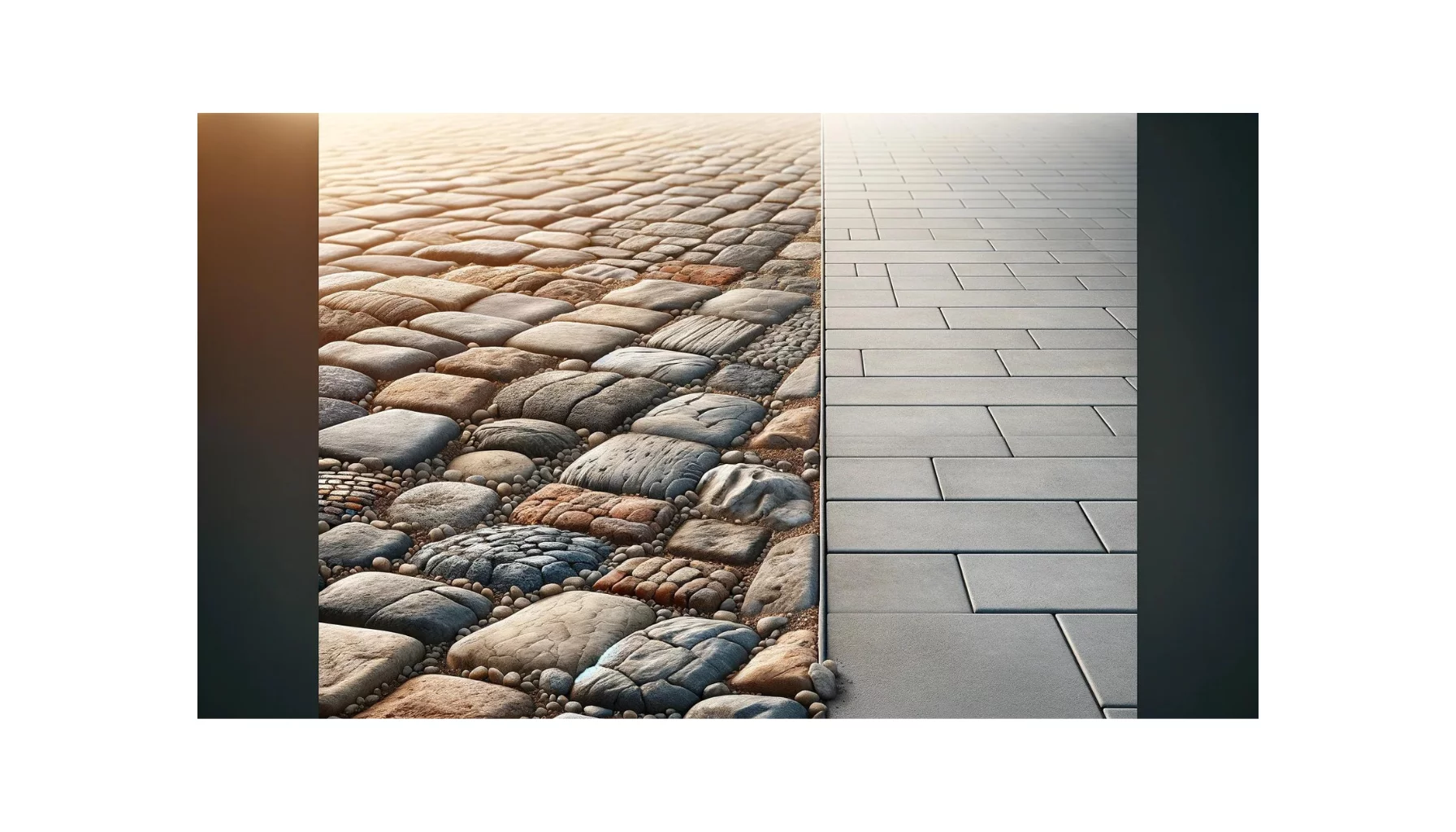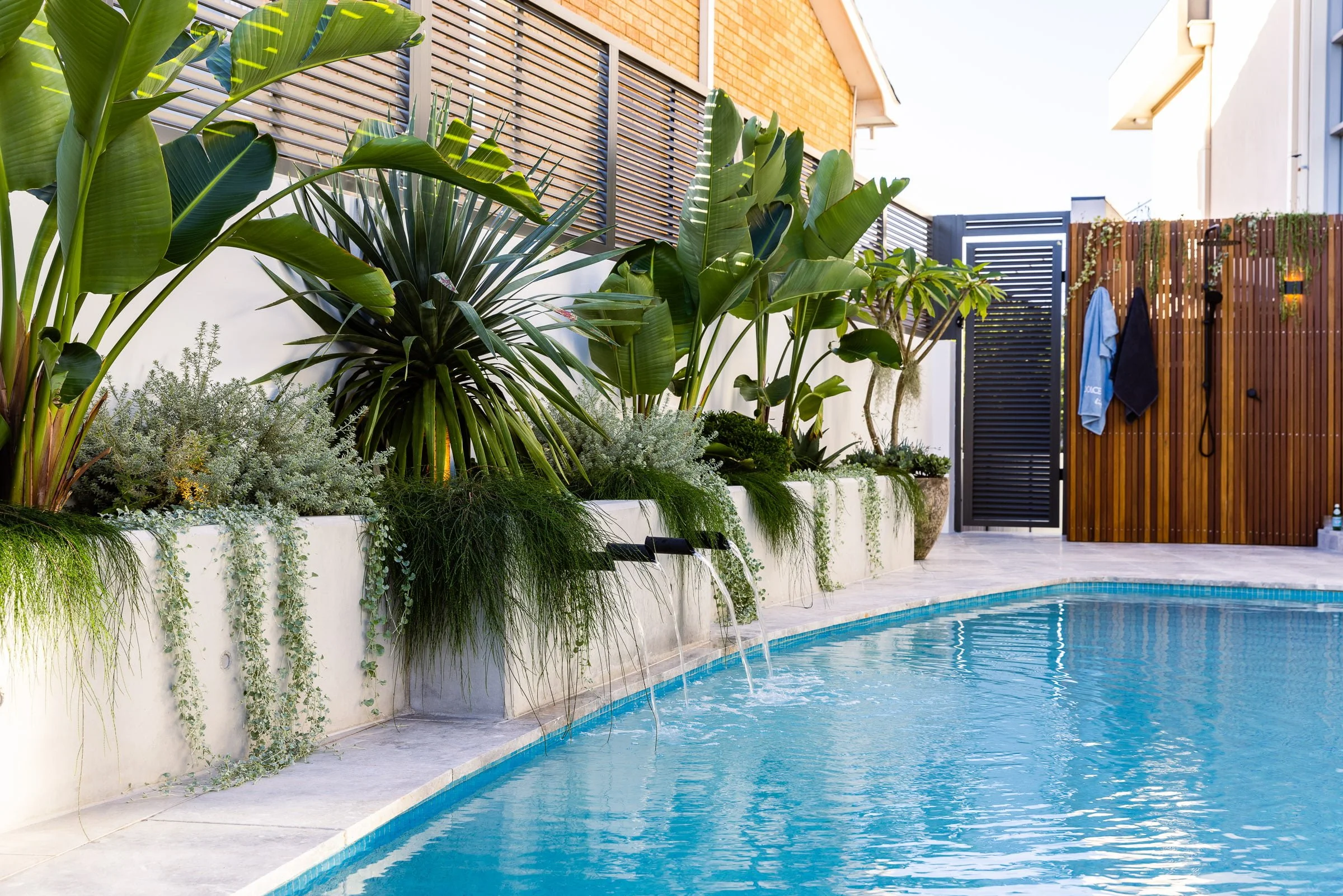Is cobblestone better than concrete?
Cobblestone vs. Concrete: Which Paving Material Is Better?
When choosing the right paving material for your outdoor spaces, deciding between cobblestone and concrete can be challenging. Each material has advantages and disadvantages, depending on your project’s specific needs and preferences. This article will explore the key differences between cobblestone and concrete, helping you determine which one reigns supreme for your paving needs.
Durability and Longevity
Cobblestone’s Resilience
Cobblestone is renowned for its exceptional durability and ability to withstand the test of time. This natural stone material can withstand heavy traffic, extreme weather conditions, and the wear and tear of daily use. Cobblestone pavements can last for decades, if not centuries, when properly installed and maintained. The interlocking design of cobblestone pavers further enhances their durability, as the stones work together to distribute weight evenly and resist shifting.
Concrete’s Strengths and Weaknesses
Concrete, on the other hand, is known for its inherent strength and load-bearing capacity. It is a popular choice for pavements, walkways, driveways, and other high-traffic areas due to its ability to support heavy vehicles and foot traffic. However, concrete is susceptible to cracking, especially in cold weather conditions. The expansion and contraction of concrete during freeze-thaw cycles can lead to unsightly cracks and structural damage.
Aesthetic Appeal and Design Flexibility
Cobblestone’s Timeless Charm
Cobblestone pavements exude a timeless charm and rustic appeal that can elevate the aesthetic of any outdoor space. Cobblestone’s natural color, shape, and texture variations create a visually interesting and captivating surface. Cobblestone is available in various colors, from earthy tones to vibrant hues, with endless design possibilities.
Concrete’s Versatility
While concrete may lack the inherent charm of cobblestone, it offers a high degree of versatility in terms of customization. Concrete can be stamped, stained, or polished to mimic the look of other materials, such as brick, stone, or tile. This allows for a sleek and modern appearance that can be tailored to suit specific design preferences.
Installation And Maintenance
Cobblestone Installation
Installing cobblestone pavers requires a certain level of skill and precision. The process involves:
- Preparing a stable base.
- Laying the stones in the desired pattern.
- Fill the joints with sand or mortar.
While installing cobblestones can be more labor-intensive than pouring concrete, it is a project experienced DIY enthusiasts can tackle. The modular nature of cobblestone pavers also allows for easier repairs and replacements if necessary.
Concrete Pouring and Curing
Pouring a concrete slab is relatively straightforward but requires careful preparation and attention to detail. The site must be excavated, graded, and compacted before the concrete is poured and finished. Proper grading and drainage are essential to ensure the longevity and performance of the concrete surface. Once poured, concrete requires a curing period of several days to reach its full strength. During this time, the surface must be protected from external factors such as rain, foot traffic, and heavy loads.
Cost Comparison
Initial Costs
Regarding upfront costs, cobblestone pavers are typically more expensive than concrete. The cost of cobblestone can vary depending on the type of stone, the complexity of the pattern, and the labor involved in installation. Concrete, on the other hand, is generally more affordable, especially for larger areas. However, the cost of concrete can increase if extensive customization or finishing is desired.
Long-Term Value
While cobblestone may have a higher initial cost, it offers significant long-term value. The durability and longevity of cobblestone pavers can result in lower maintenance and repair costs over time. Additionally, the timeless appeal of cobblestone can enhance a property’s curb appeal and overall value. Concrete, while durable, may require more frequent repairs and replacements, mainly if cracks or damage occur.
Environmental Considerations
Permeability and Drainage
One key advantage of cobblestone pavers is their permeable nature. The gaps between the stones allow water to penetrate the surface and percolate into the ground, reducing stormwater runoff and promoting natural drainage. This permeability helps mitigate the impact of heavy rainfall and prevents water from pooling on the surface. Concrete, on the other hand, creates an impervious surface that can contribute to stormwater management issues. However, permeable concrete alternatives are available, which allow for some degree of water infiltration.
Heat Island Effect
The heat island effect occurs when urban areas experience higher temperatures than surrounding rural areas due to the presence of heat-absorbing surfaces. Concrete, with its dense and smooth surface, tends to absorb and radiate heat, contributing to the heat island effect. With its textured surface and color variations, cobblestone can help mitigate this effect by reflecting more sunlight and allowing for better air circulation. The choice of paving material can play a role in creating more comfortable and sustainable outdoor environments.
Conclusion
In the battle between cobblestone and concrete, there is no clear winner. The choice ultimately depends on your paving project’s needs, preferences, and priorities. Cobblestone offers unmatched durability, timeless aesthetics, and absorbent properties, making it an excellent choice for those seeking a long-lasting and environmentally friendly solution. Concrete, while versatile and cost-effective, may require more maintenance and lacks the inherent charm of cobblestone.
When deciding between cobblestone and concrete, consider factors such as the intended use of the space, the desired aesthetic, the project budget, and the long-term maintenance requirements. By weighing the advantages and disadvantages of each material, you can make an informed decision that best suits your needs and ensures the success of your paving project.
Frequently Asked Questions
- Is cobblestone more durable than concrete? Yes, cobblestone is generally more durable than concrete. The natural stone material and interlocking design of cobblestone pavers allow them to withstand heavy traffic and weather conditions better than concrete, which is prone to cracking and damage over time.
- How do cobblestone and concrete compare in terms of cost? Cobblestone pavers are typically more expensive than concrete in terms of initial costs. The cost of cobblestone can vary depending on the type of stone used and the complexity of the installation. Concrete is generally more affordable, especially for larger areas, but the cost can increase with extensive customization or finishing.
- Which material is easier to install, cobblestone or concrete? Concrete is generally easier to install than cobblestone. Pouring a concrete slab is relatively straightforward but requires careful preparation and curing. Cobblestone installation involves laying individual pavers in a desired pattern, which can be more labor-intensive and time-consuming.
- Can cobblestone be used for driveways, or is it only suitable for pedestrian areas? Cobblestone can be used for both driveways and pedestrian areas. When properly installed and maintained, cobblestone pavers can withstand the weight and traffic of vehicles. However, the rougher cobblestone surface may not be as smooth as concrete for driving comfort.
- How do cobblestone and concrete differ in terms of maintenance requirements? Cobblestone pavers generally require less maintenance compared to concrete. The individual stones can be easily replaced if damaged, and the permeable nature of cobblestone helps prevent issues like pooling water or cracks. Concrete may require frequent sealing and repair to address cracks or surface damage.
- Is cobblestone more environmentally friendly than concrete? Due to its permeability, cobblestone is often considered more environmentally friendly than traditional concrete. The gaps between the stones allow water infiltration, reducing stormwater runoff and promoting natural drainage. Permeable concrete alternatives are available but may not offer the same level of permeability as cobblestone.
- What is the expected lifespan of cobblestone compared to concrete? Cobblestone pavers have a longer expected lifespan compared to concrete. Cobblestone pavements can last for decades or centuries when adequately installed and maintained. Concrete, while durable, may require more frequent repairs and replacements due to its susceptibility to cracking and damage over time.
Ready to transform your outdoor spaces with cobblestone’s timeless beauty and durability? Cinajus offers a wide selection of high-quality cobblestone pavers to suit any design vision. Our experienced team is dedicated to helping you navigate the differences between cobblestone and concrete, ensuring you make the best choice for your project. Visit our website at https://www.cinajus.com.au/ or contact us to schedule a consultation and take the first step towards creating a stunning and long-lasting paving solution.





